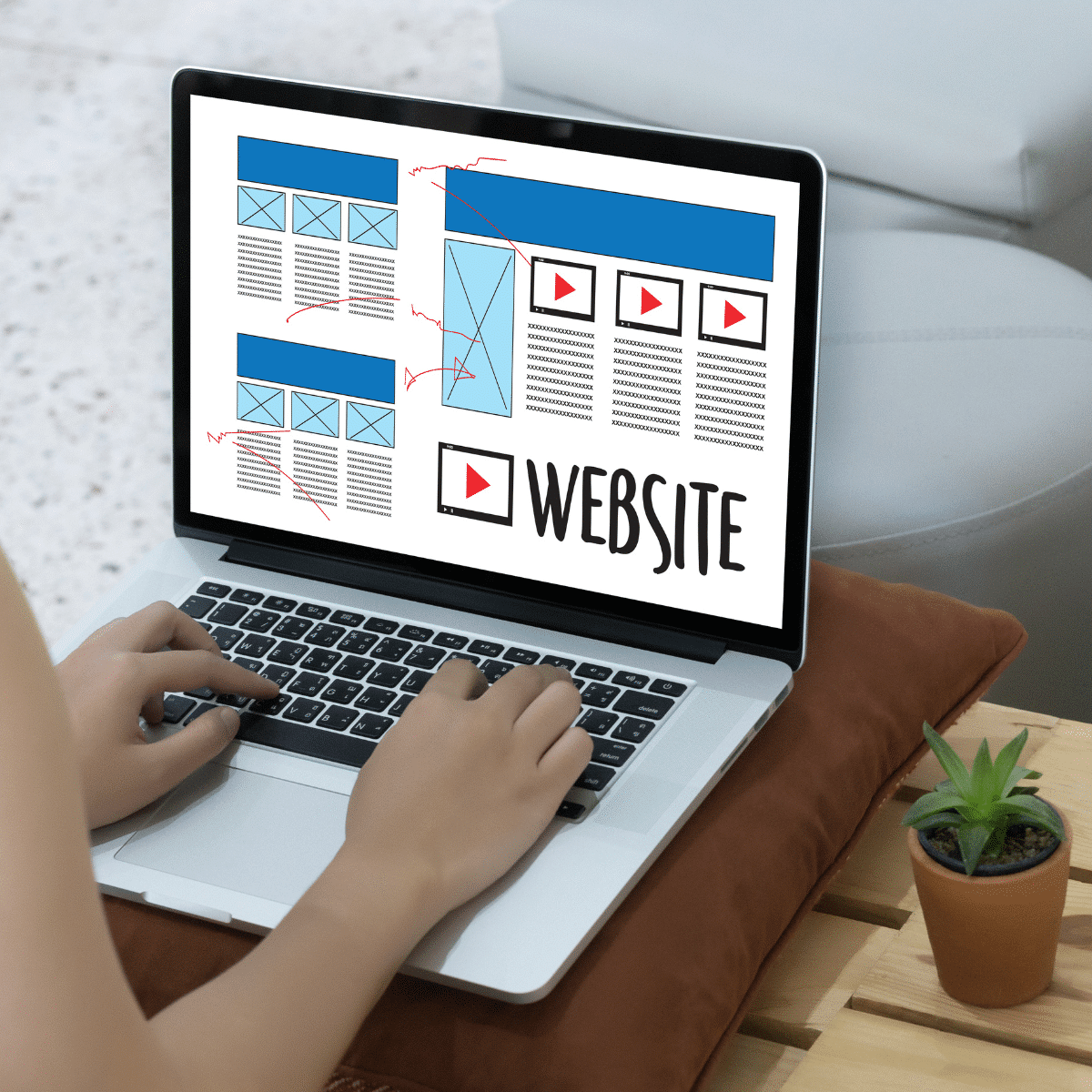- 619-846-5963
- Book A Discovery Call
- info@ascendancewebsitesolutions.com
- 830 Kuhn Dr. Suite 210725, Chula Vista CA, 91921

About 88% of online shoppers won’t return to a company’s website after a negative experience. As a result, 70% of online businesses fail due to bad website usability. If your website isn’t user-friendly, you’ll start losing customers.
With simple website design, you can keep visitors engaged, turning your site into a lead-generating powerhouse! Read on to discover the best practices for a user-friendly, responsive website today.
People who visit your website won’t look around if your navigation bar confuses them. If they leave your site without exploring other pages, your bounce rate will increase.
A high bounce rate can hurt your digital advertising quality score and organic search engine rankings. In other words, your ROI will drop.
Avoid putting too many pages in the navigation bar, which could overwhelm visitors. Instead, create links to the most important parent pages. For example:
Add a sidebar to these parent pages to create hierarchy instead of linking to every page in the navigation bar. Make sure your logo links to the homepage for easy access as well.
You can also use dropdowns, collapsible menus, in-page links, or icons paired with text to simplify navigational choices. Make sure to use alt text for the images and icons you use. Choose fonts that are easy to read to make navigating easier.
While applying each of these user-friendly website tips, it’s important to consider your desktop and mobile visitors. A responsive website ensures your content is easy to view on all devices.
Don’t make visitors scroll too much to find navigational options. For mobile users, put the navigation bar or button at the bottom of the page.
Before designing your website, determine what content will appear on each page.
Web design and content flourish when they’re developed in tandem. Too much text can make your design messy. Too many design elements will cause important headers and call-to-action language to disappear.
Instead, create a cohesive balance between the two.
For example, you can pair imagery and data by creating well-organized infographics. Break your large blocks of text into smaller paragraphs featuring shorter sentences to improve readability. When you can, use numbered or bulleted lists instead.
Use headers and subheaders to organize your ideas. These text changes will make it easier for people to skim and digest your content.
If people can’t find what they need immediately, they might leave.
Make sure to consider the typography on your website too. Simple typography will make it easier for visitors to find and consume information. Stick to basic, legible fonts that are easy to read on all devices.
Over 80% of mobile users use mobile devices to surf the web. About 83% of these users expect a flawless experience when they visit your website.
Meanwhile, 70% of the traffic you generate will come from a mobile device.
For a simple yet responsive website, design with your mobile users in mind. Try:
Talk to an experienced San Diego web design company if you’re not sure where to start. With their help, you can appeal to mobile visitors, which could lead to more sales.
A strong call-to-action (CTA) will help you convert more visitors into sales. To improve the user experience on your website, change text-based CTAs into eye-catching buttons. Make sure the colors between the button, button text, and page background contrast.
Choose CTAs that are clear, concise, and urgent.
Try to avoid getting too creative with your buttons, though. Stick to your brand colors paired with drop shadows and gradients to grab the visitor’s attention.
Nearly 40% of the people who visit your site will stop interacting with your content due to poor design. In fact, almost 39% will judge your site at a single glance before leaving. If your website is cluttered or unattractive, you could start losing potential leads.
Instead, give your content room to breathe. Start by embracing the power of negative space.
If there are too many images or large blocks of text on the page, you’ll overwhelm visitors. Instead, embrace a minimalistic approach. As a web design best practice, negative space is an effective way to keep your pages clean while improving readability.
If your website starts to lag, it could frustrate visitors. Use responsive images to increase your page load times.
Quick-loading pages are important to the user experience and your search engine optimization efforts. There are plugins you can use to convert your photos into responsive images.
If you’re struggling to apply these tips, hire an experienced San Diego web design company. Their experience and expertise will ensure you make informed changes to your website.
They can help you apply web design best practices that improve the user experience. They’ll also make sure your site aligns with your marketing goals.
With help, you can turn your site into a lead-generating machine.
Remember, a negative user experience on your website can deter customers. If your website is underperforming, invest in a responsive, user-friendly website this year. With help from a San Diego web design company, you can use simple website design to generate leads and sales.
Make a change for the better with a new website.
Ready to update your website? We can help.
Contact us for a free, personalized quote today.

Ascendance is proud to offer a 10% discount for any business owner or entrepreneur who is current or former military or a first responder. This extends to family as well so if you have a family member that is current or former military or a first responder you will still receive the 10% discount for as long as you work with Ascendance!
Thank you all for your incredible service for our country and keeping us safe!